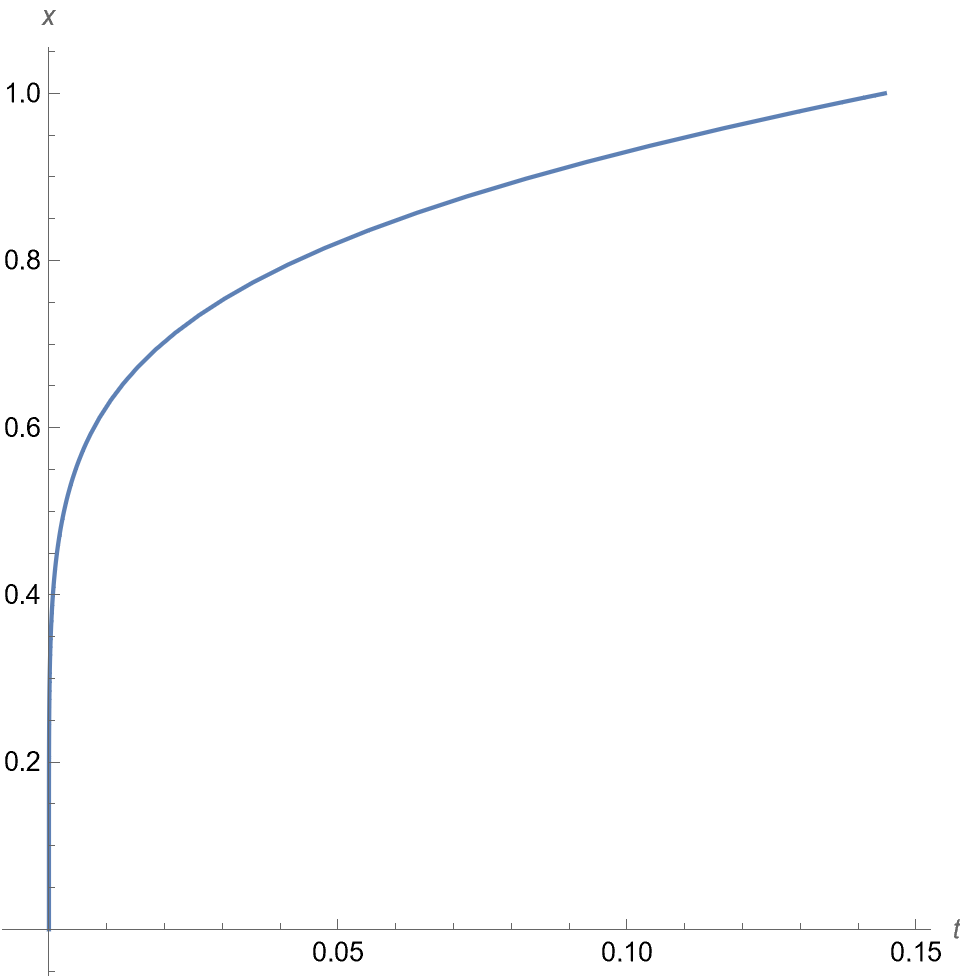I used this code to solve an equation and now I would like to plot the solution with its inverse. I can't get some figures?!!
Clear["Global`*"]
eqns = {Derivative[1][y][
x] + (3/2)*(a - b)*(y[x]/x) - ((3/2)*a - 1)*(1/(y[x]*x^3)) == 0}
sol = FullSimplify[DSolve[eqns, y[x], x]]
y2[x_] = y[x] /. sol[[2]];
DSolve[{y2[x[t]] == Derivative[1][x][t]/x[t]}, x[t], t]
a = 1.3; b = 0.7; Plot[(
2 Hypergeometric2F1[1/2, (3 (a - b))/(-4 + 6 a - 6 b), (
4 - 9 a + 9 b)/(4 - 6 a + 6 b), ((2 - 3 a) #1^(-2 + 3 a - 3 b))/((-2 + 3 a - 3 b) C[
1])] Sqrt[1 + ((-2 + 3 a) #1^(-2 + 3 a - 3 b))/((-2 + 3 a - 3 b) C[1])])/(
3 (a - b) Sqrt[(-2 + 3 a)/#1^2 + (-2 + 3 a - 3 b) C[
1] #1^(-3 a + 3 b)]), {#1, 1, 10}]




